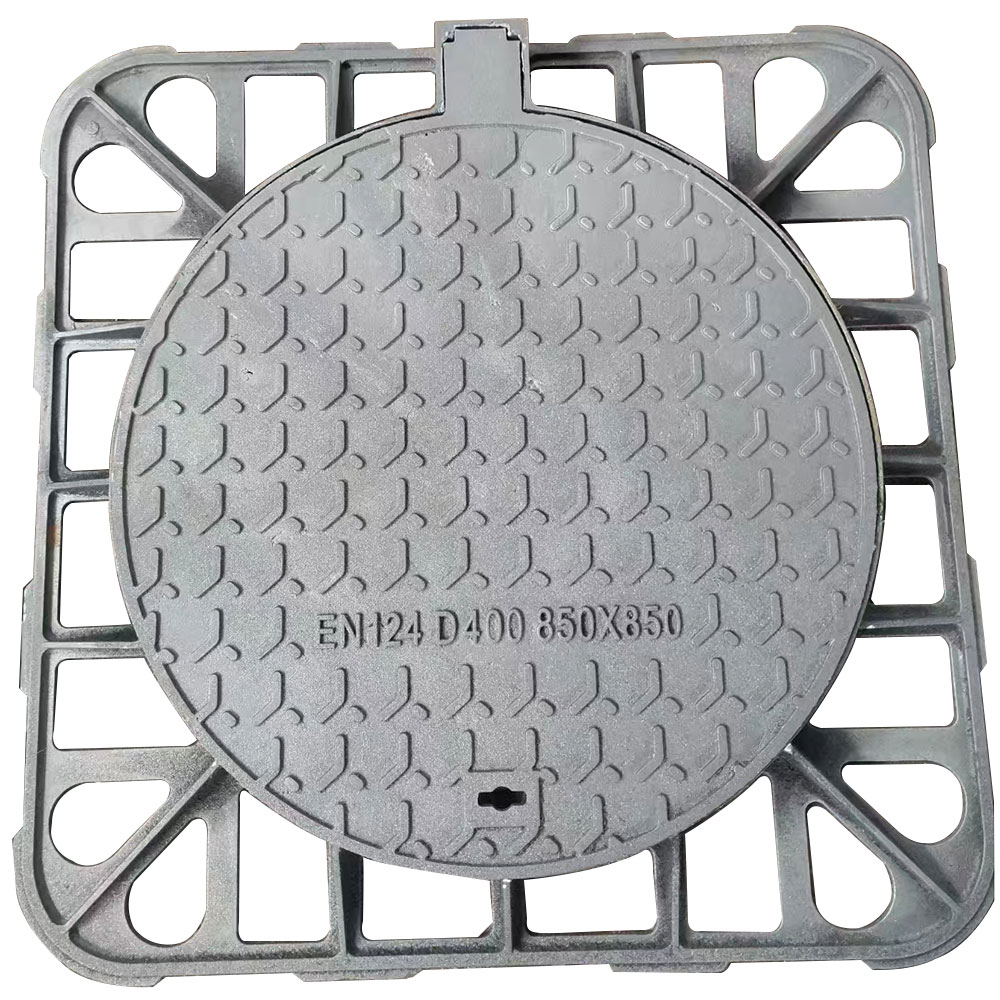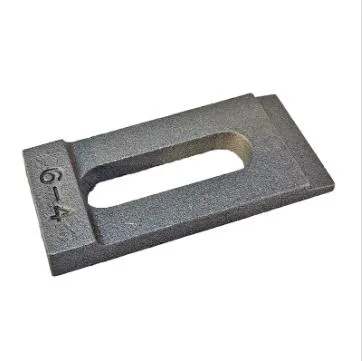- Afrikaans
- Albanian
- Amharic
- Arabic
- Armenian
- Azerbaijani
- Basque
- Belarusian
- Bengali
- Bosnian
- Bulgarian
- Catalan
- Cebuano
- China
- China (Taiwan)
- Corsican
- Croatian
- Czech
- Danish
- Dutch
- English
- Esperanto
- Estonian
- Finnish
- French
- Frisian
- Galician
- Georgian
- German
- Greek
- Gujarati
- Haitian Creole
- hausa
- hawaiian
- Hebrew
- Hindi
- Miao
- Hungarian
- Icelandic
- igbo
- Indonesian
- irish
- Italian
- Japanese
- Javanese
- Kannada
- kazakh
- Khmer
- Rwandese
- Korean
- Kurdish
- Kyrgyz
- Lao
- Latin
- Latvian
- Lithuanian
- Luxembourgish
- Macedonian
- Malgashi
- Malay
- Malayalam
- Maltese
- Maori
- Marathi
- Mongolian
- Myanmar
- Nepali
- Norwegian
- Norwegian
- Occitan
- Pashto
- Persian
- Polish
- Portuguese
- Punjabi
- Romanian
- Russian
- Samoan
- Scottish Gaelic
- Serbian
- Sesotho
- Shona
- Sindhi
- Sinhala
- Slovak
- Slovenian
- Somali
- Spanish
- Sundanese
- Swahili
- Swedish
- Tagalog
- Tajik
- Tamil
- Tatar
- Telugu
- Thai
- Turkish
- Turkmen
- Ukrainian
- Urdu
- Uighur
- Uzbek
- Vietnamese
- Welsh
- Bantu
- Yiddish
- Yoruba
- Zulu
May . 29, 2025 21:39 Back to list
Low NOx Condensing Gas Boilers for Commercial Heating High Efficiency
- Introduction to Low Nitrogen Condensing Gas-Fired Boilers
- Technical Advantages and Performance Metrics
- Comparative Analysis of Leading Manufacturers
- Customization Options for Diverse Industrial Needs
- Real-World Applications and Case Studies
- Cost Efficiency and Environmental Impact
- Why Invest in a Commercial Heating Low Nitrogen Condensing Gas-Fired Boiler?

(commercial heating low nitrogen condensing gas fired boiler)
Introduction to Low Nitrogen Condensing Gas-Fired Boilers
Modern commercial heating systems demand solutions that balance efficiency, sustainability, and compliance. Low nitrogen condensing gas-fired boilers have emerged as a cornerstone technology, reducing NOx emissions by up to 65% compared to traditional models. These systems utilize advanced condensing technology to recover latent heat from flue gases, achieving thermal efficiencies exceeding 98%. Industries ranging from hospitality to manufacturing are adopting these boilers to meet stringent environmental regulations while lowering operational costs.
Technical Advantages and Performance Metrics
The engineering behind low nitrogen condensing boilers integrates pre-mixed combustion and stainless-steel heat exchangers, ensuring durability and consistent performance. Key metrics include:
- NOx emissions as low as 14 mg/kWh, surpassing EPA Tier IV standards.
- Fuel-to-steam efficiency rates up to 98.5%, reducing energy waste.
- Adaptive modulation (20:1 turndown ratio) for precise temperature control.
Independent tests show a 32% reduction in annual fuel consumption for facilities switching to these systems.
Comparative Analysis of Leading Manufacturers
| Manufacturer | Efficiency (%) | NOx Emissions (mg/kWh) | Warranty (Years) |
|---|---|---|---|
| Manufacturer A | 98.2 | 18 | 10 |
| Manufacturer B | 97.8 | 14 | 12 |
| Manufacturer C | 98.5 | 16 | 8 |
Manufacturer B leads in emissions control, while Manufacturer C offers the highest efficiency. Warranty terms vary significantly, impacting long-term ROI.
Customization Options for Diverse Industrial Needs
ODM and custom commercial heating solutions enable businesses to tailor boilers for specific requirements. For instance, hospitals may prioritize ultra-low emissions (<20 mg/kWh) and silent operation, whereas food processing plants might focus on rapid steam generation. Modular designs allow scalability, with capacities ranging from 500 kW to 20 MW. A recent project for a hotel chain integrated IoT-enabled controls, cutting maintenance costs by 27% through predictive analytics.
Real-World Applications and Case Studies
A textile factory in Germany reduced its carbon footprint by 41% after installing six custom low nitrogen condensing boilers. Similarly, a Canadian university campus achieved CAD$120,000 annual savings by replacing legacy units with ODM models featuring hybrid heat recovery. These cases underscore the adaptability of the technology across climates and industries.
Cost Efficiency and Environmental Impact
Although initial costs are 15-20% higher than conventional boilers, the payback period averages 2.3 years due to fuel savings. Tax incentives, like the U.S. Section 179D deduction, further improve affordability. Environmentally, a single 1 MW boiler can prevent 480 tons of CO2 emissions annually—equivalent to planting 7,200 trees.
Why Invest in a Commercial Heating Low Nitrogen Condensing Gas-Fired Boiler?
Forward-thinking enterprises recognize that commercial heating low nitrogen condensing gas-fired boilers are not merely compliance tools but strategic assets. With ROI timelines shrinking and regulatory pressures mounting, upgrading to these systems future-proofs operations. Whether opting for ODM designs or tailored configurations, businesses gain a competitive edge through energy resilience and sustainability leadership.

(commercial heating low nitrogen condensing gas fired boiler)
FAQS on commercial heating low nitrogen condensing gas fired boiler
Q: What are the key factors to consider when buying a commercial heating low nitrogen condensing gas fired boiler?
A: Prioritize thermal efficiency, NOx emission levels (ideally below 30ppm), and compliance with local environmental regulations. Also, evaluate warranty terms and after-sales service support for long-term reliability.
Q: How does ODM commercial heating low nitrogen condensing gas fired boiler benefit businesses?
A: ODM services allow businesses to tailor boiler designs to specific operational needs, such as space constraints or fuel types, while maintaining low nitrogen oxide emissions. This ensures optimized performance and regulatory compliance.
Q: What customization options are available for custom commercial heating low nitrogen condensing gas fired boilers?
A: Customizations include output capacity adjustments, integration with existing HVAC systems, and advanced controls like IoT-enabled monitoring. Materials and combustion technologies can also be adapted for unique industrial requirements.
Q: Why choose a low nitrogen condensing gas fired boiler over traditional commercial boilers?
A: These boilers reduce NOx emissions by up to 90% compared to standard models, ensuring compliance with strict environmental standards. They also achieve up to 98% thermal efficiency, significantly cutting energy costs.
Q: How often should a commercial low nitrogen condensing gas fired boiler be serviced?
A: Annual professional inspections are recommended to clean heat exchangers, check combustion efficiency, and verify emission levels. Monthly visual checks for leaks or irregular flames can prevent operational downtime.
-
Durable Cast Iron Water Main Pipe | AI-Optimized Design
NewsAug.05,2025
-
8mm Thin-Walled Cast Steel Manhole Cover Pallet Bottom Ring | Durable
NewsAug.04,2025
-
Premium Cast Iron Water Main Pipe: Durable, Corrosion-Resistant
NewsAug.03,2025
-
Durable Cast Iron Water Mains | AI-Optimized Systems
NewsAug.02,2025
-
High-Efficiency Propane Boiler for Baseboard Heat | Save Energy
NewsAug.01,2025
-
Premium Source Suppliers for Various Gray Iron Castings
NewsJul.31,2025


